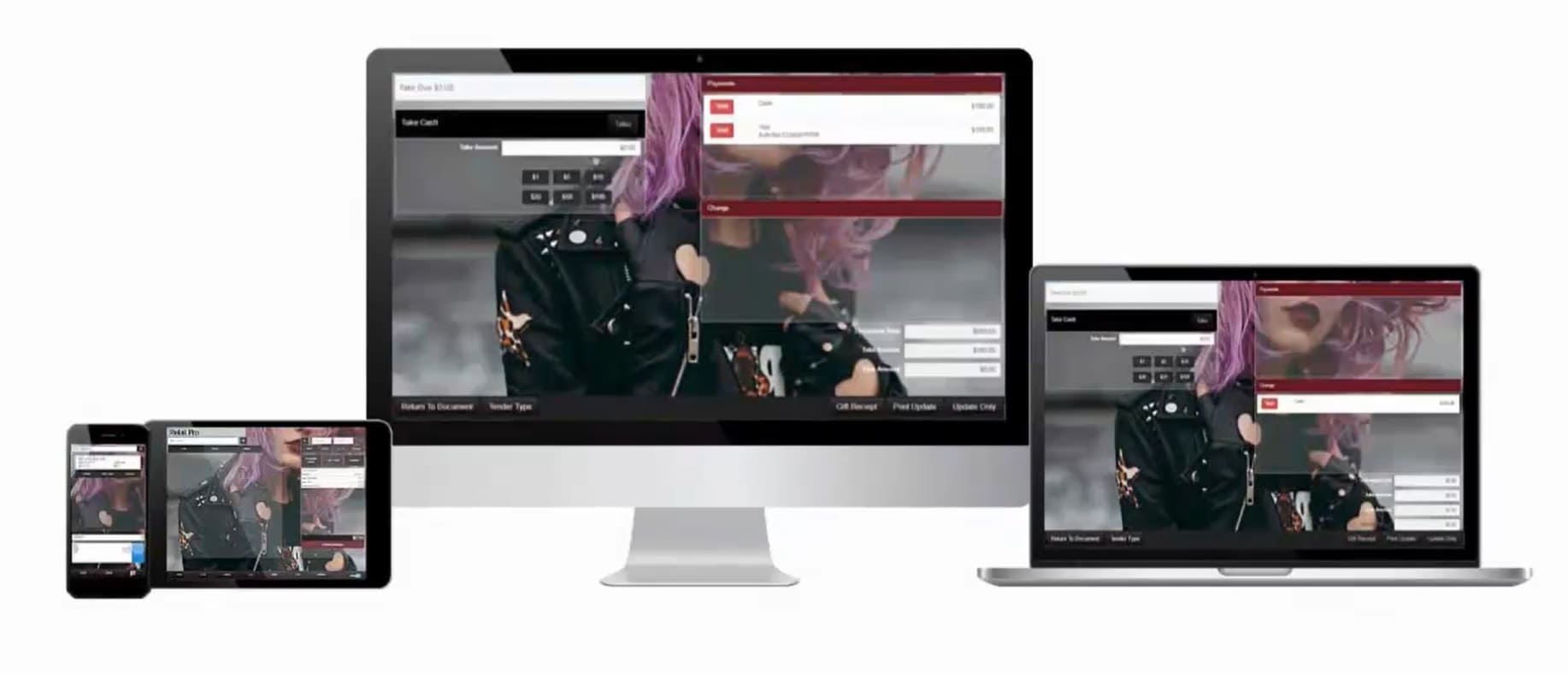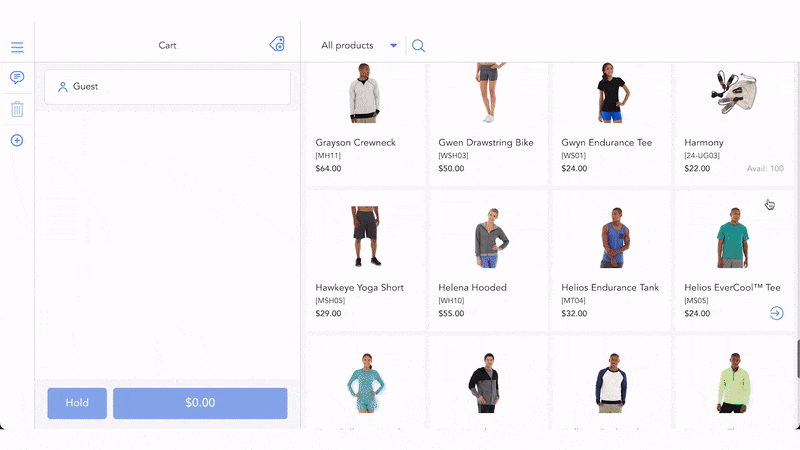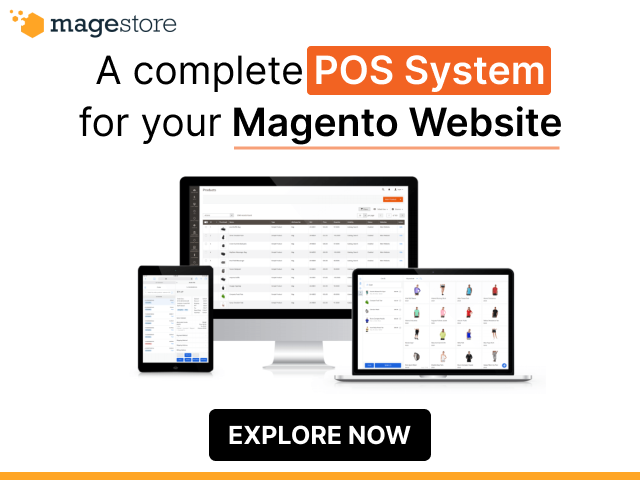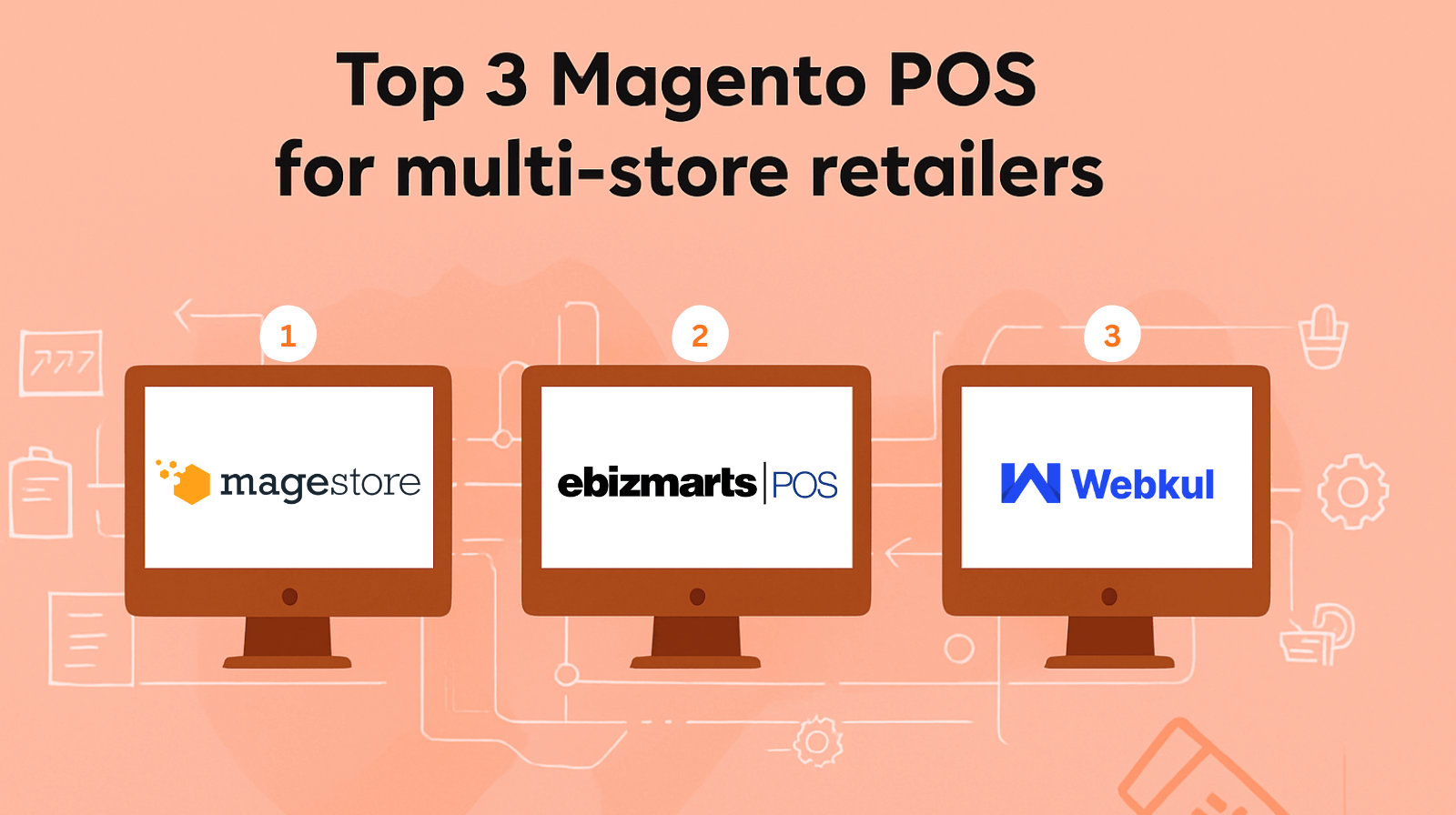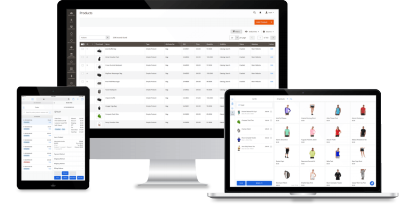Retail Pro Magento integration enables data exchanges between the Magento eCommerce platform and Retail Pro POS for effective management of physical and eCommerce stores. Combining these two powerful systems unifies core business data, including inventory, customers, and orders to simplify business operations and generate helpful insights for greater efficiency and lower costs.
What troubles retailers is how to execute the integration effectively to capitalize on its benefits. As it’s impossible for Retail Pro to integrate directly with Magento, the most common way to join these two systems is to use an external connector. However, this integration method has some serious consequences, such as the risks of sync disruptions, data inaccuracy, and security threats that might drive many retailers away.
To help merchants who want to employ middleware for Magento Retail Pro integration choose the most suitable one, we’ve created a list of the 5 best connectors for your reference. For those who seek a more optimal and smart way to manage physical and Magento online stores, we recommend another solution at the end of this post. Let’s stay tuned!
Benefits of Retail Pro POS Magento integration
Connecting Retail Pro POS and Magento lets data, such as products, inventory, orders, and customers flow seamlessly between the two systems, thus reducing operational costs and giving you a complete view of your business situation to improve efficiency. Therefore, you can better manage multi-channel inventory, process orders accurately, and give your customers a smooth omnichannel shopping experience.
- Manage multi-channel inventory with ease: Retail Pro Magento integration syncs product catalogs and attributes, ensuring there’s no discrepancy in product information between your Magento and brick-and-mortar stores. Besides, the integration also keeps the inventory level updated after each successful sale regardless of where it’s made. As a result, you can track and replenish the well-performing products to avoid stockouts or overselling.
- Offer customers an omnichannel experience: With inventory, customers, and orders synced across platforms, you can choose the most convenient store to fulfill orders or allow customers to pick up their purchases in-store. The synced data also enables you to provide your customers with the same online and in-store loyalty programs, such as gift cards or store credits, thus encouraging them to come back for more purchases. What’s more, Magento Retail Pro POS integration consolidates customer data to deliver thorough insights into customers’ buying patterns and habits, so you can develop personalized marketing offers to get more sales.
- Reduce errors and costs: Linking Magento with Retail Pro POS removes the manual data entry job, which minimizes data errors and saves labor costs. Consequently, your employees can spend time performing more important tasks like supporting customers, doing market research, and developing marketing campaigns.
How to integrate Retail Pro with Magento?
There are 2 major ways to connect Retail Pro POS with Magento, particularly:
- Use custom code: If you have your own in-house developer team or can afford 3rd-party services, this method appears feasible. You can have a fully customized integration solution to meet your exact business needs and complete control over the workflows and customization. However, developing custom code requires in-depth technical expertise and often wastes lots of time and money.
- Use a 3rd-party connector: External connectors are a more popular way to integrate Retail Pro with Adobe Commerce as they’re easy to use, fast, reliable, and customizable. There are many pre-built connectors available in the market, which means you have more choices for the most suitable solution.
Let’s discover the 5 best Retail Pro Magento connectors in the following part.
5 best connectors to integrate Retail Pro POS v8, v9, and Prism with Magento
Connector | Key features | Pricing | Pros | Cons | Customer reviews |
RD-Ice by Retail Dimensions |
| Contact for pricing details |
|
|
|
Octopus Bridge by 24Seven Commerce | Octopus Bridge by 24Seven Commerce
| Depending on the number of store locations, the Magento editions, how to display stocks in eCommerce, and the order download option
|
|
|
|
Retail Link |
| Contact for pricing details |
|
| No reviews yet |
HexaSync |
| Contact for pricing details |
|
|
|
CoreEDI |
| CoreEDI charges subscription fees for basic features and one-time fees for additional functionalities with 3 plans.
|
|
| No reviews yet |
How to choose the best connector?
Extensions or iPaaS: Which one is better?
It depends on your business requirements. In general, you can:
- Choose an extension if you want a straightforward, fast, and easy-to-use solution for data syncs between Retail Pro POS and Magento. These extensions often cost less than iPaaS and require little to no coding knowledge to fully employ. However, an extension can only connect limited apps and systems, which doesn’t make it a good choice if you intend to scale your business in the future.
- Choose an iPaaS if you want an integration method that can scale with your business in the future. Besides transferring data between Magento and Retail Pro POS, iPaaS can connect many other apps and systems and automate workflows to serve your business better when it expands. With more features, an iPaaS is also more expensive and difficult to use than an extension.
What are the criteria to choose the best connector?
You should consider the following criteria to opt for the best Magento Retail Pro connector.
- Business needs: Understanding what your business needs determines the functionality the connector should have to help you solve specific problems and reach your business targets. For example, the chosen POS eCommerce integration connector should be able to sync your expected data types in certain volumes and frequencies. Besides, if your business grows fast, a scalable and flexible integration solution will pay off in the long run.
- Technical resources: Assessing your technical capacity is also instrumental in choosing a suitable integration solution. As many connectors are quite complex, you’ll need internal developers or some technical knowledge to utilize and customize them. By evaluating your technical capability, you can rest assured that the connector of your choice can work towards your business goals.
- Budgets: Many eCommerce POS integration providers adopt subscription pricing, so the total costs for both the connector and Retail Pro POS can largely affect your profit margins. Therefore, you should research the pricing structure of each connector carefully and calculate to see whether it’s a good investment in the long term.
5 tips for a smooth Retail Pro POS and Magento 2 integration
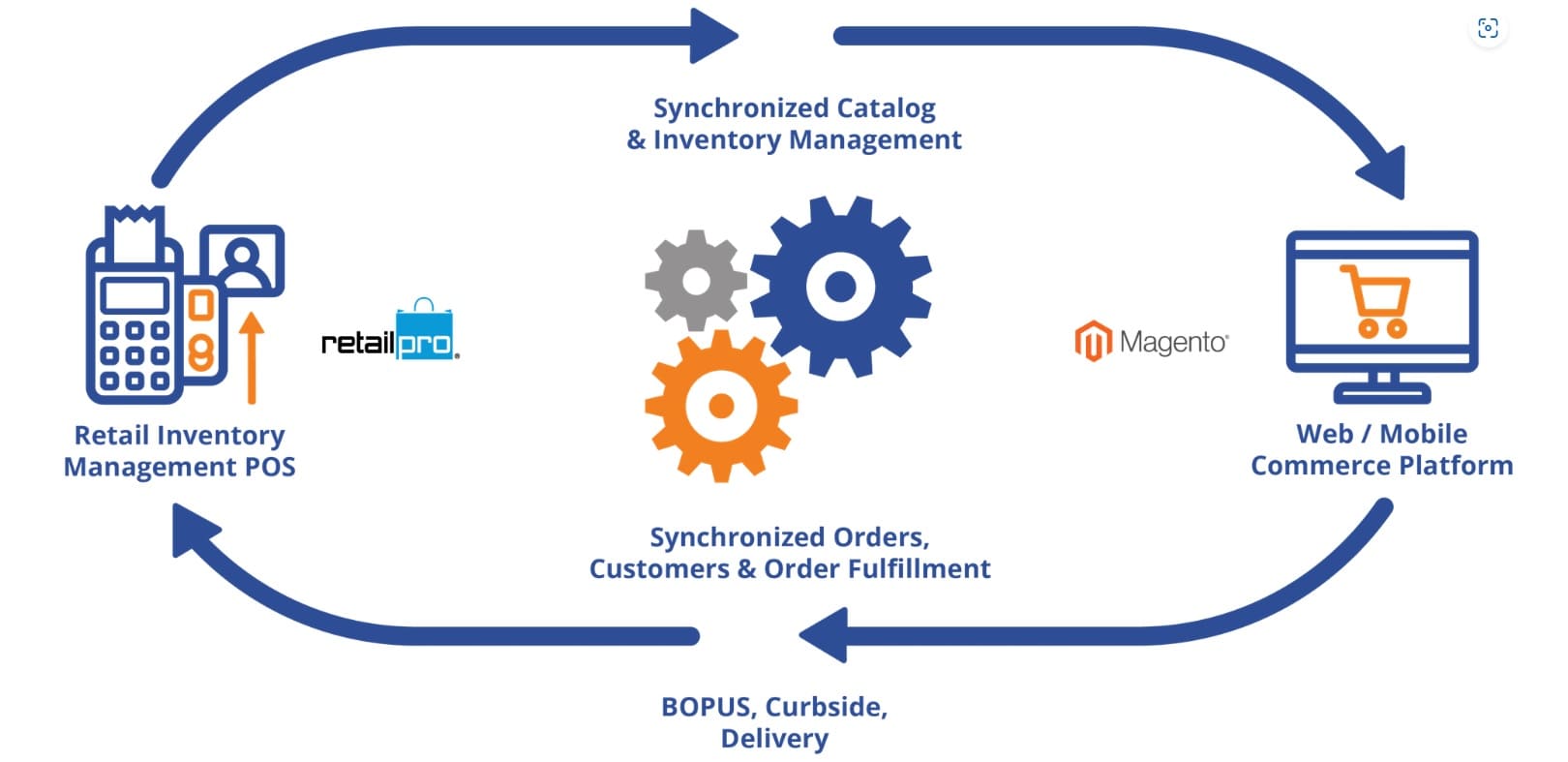
Source: Retail Dimensions
There are some tips for a seamless Magento Retail Pro POS connection.
- Set business goals: A well-defined goal directs your integration work. With clear objectives, you know what business aspects the Retail Pro Magento integration should help you improve. On that basis, you can easily track, assess, and tweak the integration to meet the end business targets.
- Determine data mappings and workflows: To make sure the desired data flows smoothly between Magento and Retail Pro POS, you’d better specify:
The data points you want the two systems to exchange, such as product attributes, invoices, and order status.
Sync directions: One-way or two-way
Sync frequencies: Real-time, near real-time, or on-schedule
The prior planning lets you monitor the integration performance and make changes when necessary. Besides, it also speeds up the data movement between Magento and Retail Pro and ensures data accuracy and system stability.
- Clean data: Cleaning data and standardizing data naming before integrating Magento with Retail Pro POS eliminates data duplications and errors, so only relevant and accurate information can enter your systems. This not only guarantees data consistency, reduces the burden on your systems, but also provides you with complete data sets for business insights.
- Opt for a suitable connector: A fitting Magento POS integration solution is the one that has essential features to satisfy your business requirements, but functionality is not the only factor you should examine. Customizability, scalability, and the ongoing support of the connector provider also need thorough consideration.
- Track and monitor: After setting up, you should arrange time and labor to supervise and maintain the integration regularly. Tracking the Retail Pro Magento connection allows you to spot errors for timely fixing and identify room for improvement.
Direct integration with Magento, no connector needed:
Though popular, connectors are not the most effective way to connect with Magento. Instead, a Magento-native POS is more optimal for smooth data syncs as it removes the need for a 3rd-party integration solution thanks to its natural compatibility with Magento.
Drawbacks of Magento Retail Pro POS integration connectors
Retailers who want to use 3rd-party connectors to link Magento with Retail Pro POS should be aware of the downsides that accompany it.
- Unstable connections: The Retail Pro’s inability to integrate directly with Magento forces users to employ an external connector for data syncs. Whether this connection is stable depends on how well the middleware performs. If the connector experiences errors or bugs, the connection might be lost, causing data interruptions, mismatch, or inaccuracy.
- High expenses: In addition to Retail Pro POS, you have to pay for a connector. Many integration solution providers charge monthly fees and increase the costs based on the number of orders, products, and locations. Therefore, the total amount you have to pay for a complete POS that can work properly with Magento might end up being so high that it decreases your profits.
- Multiple contact points: Having another party engage in Retail Pro Magento integration might be helpful, but it complicates the error-handling process. How fast and effectively you maintain, detect, and resolve arising issues depends on the POS and connector providers, which might result in slowness and inefficiency.
- Security threats: Most connectors are safe and secure thanks to technologies like encryption, but sharing your information with them can still put your data at dozens of security risks, such as data breaches or leakages.
Magestore Magento POS to directly connect with Magento
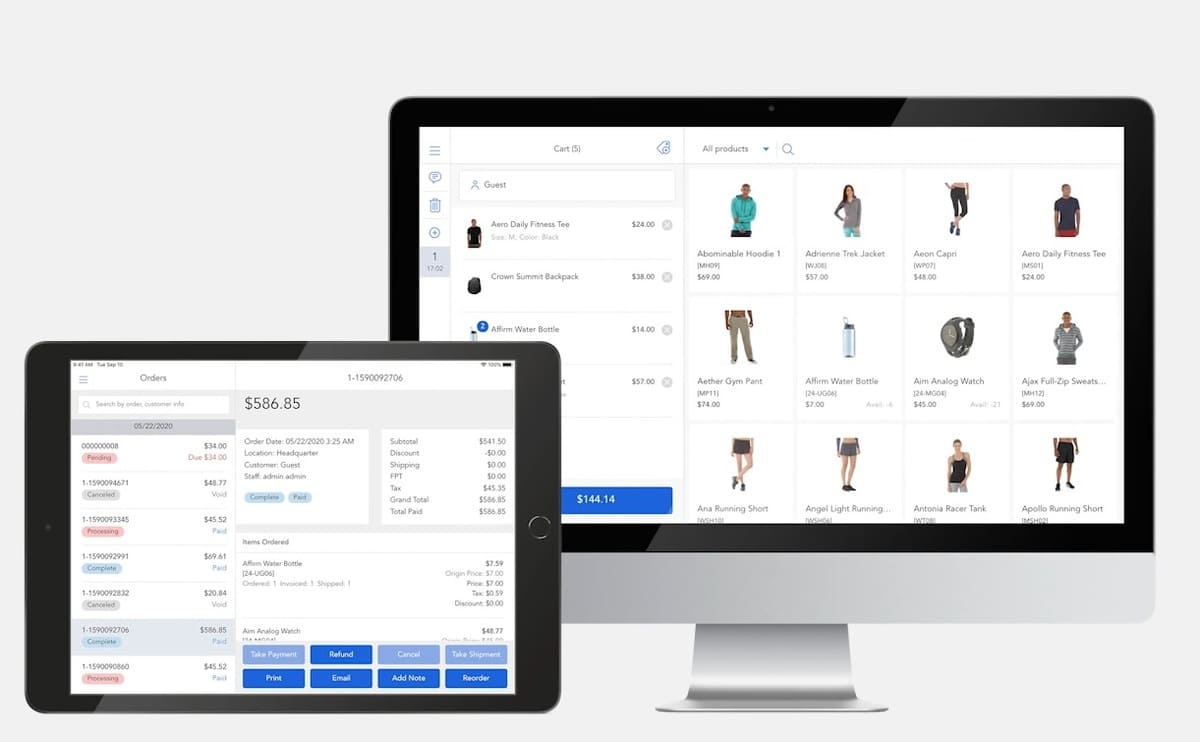
Joining Retail Pro POS and Magento with 3rd-party connectors has several drawbacks, such as connection instability, increased business costs, and high-security risks. If you’re searching for a more cost-effective and less problematic alternative option, a Magento-native POS is an optimal solution for data syncs between your physical and eCommerce stores. Magestore Magento POS is an affordable, powerful, and feature-rich omnichannel POS that can directly integrate with Magento for seamless data transfers.
Let’s see why Magestore POS is one of the best POS for Magento and how it surpasses Retail Pro POS.
Magestore Magento POS | Retail Pro POS |
Direct integration:
| Indirect integration:
|
Great ease of use
| More complex to use
|
Affordable and flexible pricing:
| High recurring price:
|
Read more:
- Lightspeed Magento integration: 7 best connectors and 1 optimal solution
- Square POS Magento: 5 optimal and cost-effective solutions
- Clover POS Magento: 5 best connectors and 1 optimal solution
Conclusion
Retail Pro Magento integration facilitates data transfer between Magento and physical stores, thus allowing merchants to streamline business operations, enhance efficiency, and elevate customer shopping experiences. To enjoy these benefits, retailers need to develop custom code or choose a 3rd-party solution from our list of the 5 best connectors to bridge Magento and Retail Pro. If using middleware, you should also prepare for their possible drawbacks.
If you prefer a direct connection with Magento for stable data movement, a native Adobe POS proves to be a more cost-saving and effective option than a Magento Retail Pro connector. Magestore POS for Magento 2 is a robust, well-functioning, and affordable POS that connects easily with Magento to exchange critical business data smoothly. In the long run, it saves you money and minimizes the unexpected errors that a connector often has.
Using a connector to link a standalone POS with Magento or a native POS for Adobe Commerce is up to your business situation. Make sure your chosen solution helps you achieve your business targets without creating any financial burdens.
FAQs
What is the Retail Pro system?
Retail Pro is a POS and retail management system for specialty retailers of different sizes, from start-ups to multinational corporations. It provides core functionality, such as POS, inventory management, promotions, and KPI reporting. Retail Pro also cooperates with many partners to offer customers additional solutions, including SAP, Adyen, and Oracle.
Who is the owner of Retail Pro?
Retail Pro is now owned by Nayax Ltd., a global fintech company that offers a wide range of retail solutions, including POS, cashless payments, telemetry, and a management system.
Does Retail Pro POS require a contract?
Yes, Retail Pro requires you to enter a contract with a minimum term of 24 months.
What is Retail Pro POS best for?
Retail Pro is best for midsized or large retailers that need to manage multiple business aspects, including checkout, inventory management, customer management, and reporting.
